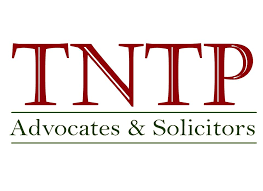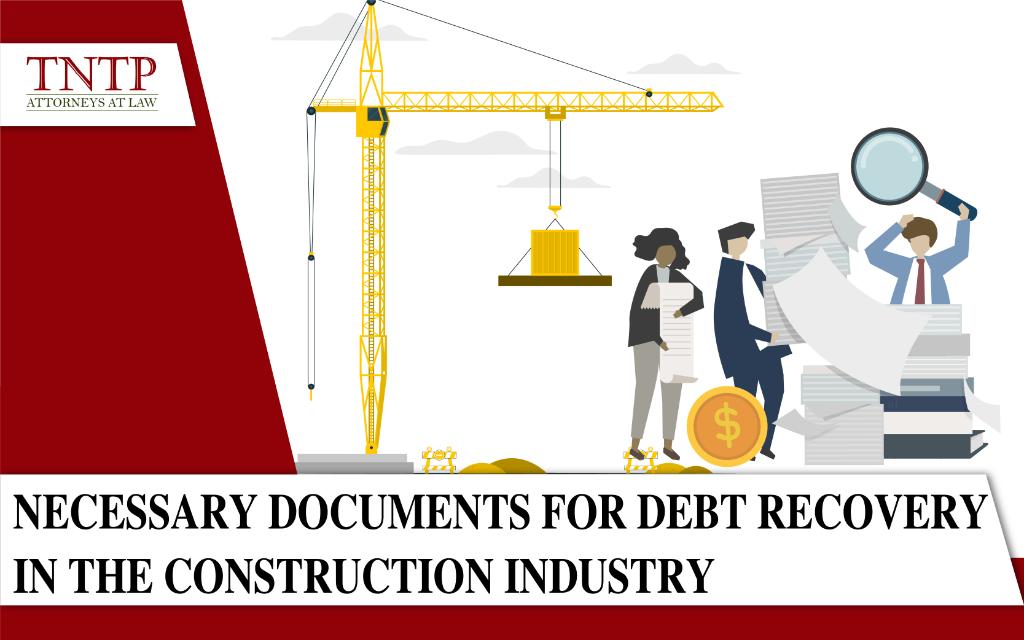Continuing from Part 1 of the article “Essential Documents for Debt Recovery in the Construction Industry,” in this article, TNTP’s lawyer will continue to provide insights into important documents that businesses should pay attention to to enhance their debt recovery capabilities in the construction industry.
1. Debt Reconciliation Document
This is a crucial document for accurately determining the amount that the debtor must pay. Typically, this document is prepared and jointly reviewed by all parties involved to summarize and confirm all payment transactions up to the point of creating the debt reconciliation document. Although current laws do not require the mandatory creation of a debt reconciliation document, it is one of the essential and most important documents that businesses can use to facilitate negotiation and legal action for debt recovery.
The main content of the debt reconciliation document involves comparing debt figures among the parties based on accounting records, actual transaction evidence, invoice data, and previous outstanding debts. The debt reconciliation document is thoroughly checked for data accuracy, and all parties involved sign and stamp it as confirmation. Therefore, the data in the debt reconciliation document must be precise to safeguard the rights of all parties.
Once the debtor acknowledges a specific debt amount in the debt reconciliation document, this becomes the clearest basis for the business to request payment based on the document’s contents. Even if the debtor does not cooperate in making the payment, the business can use this document as evidence in legal proceedings, proving the debtor’s acknowledgment of the debt. In such cases, dispute resolution authorities are more likely to accept the business’s request for legal action.
If a business decides to initiate legal proceedings through dispute resolution authorities, it should base its claim on the data from the debt reconciliation document to ensure the accuracy of its request and to facilitate dispute resolution authorities’ understanding and determination of the debtor’s obligation to pay.
2. Debt Payment Request Letter
When requesting payment for a debt, in addition to contacting the debtor by phone or in person for discussions, an important document that businesses should prepare is the Debt Payment Request Letter. This is a document that formalizes the request for payment of a debt, bearing the confirmation and seal of the business. The main content of the Debt Payment Request Letter includes:
• Specific information about the debtor.
• Basic information related to the debt (originating from which transaction, the debt amount, relevant invoices, documents, etc.).
• Payment request and deadline.
• Other measures can be taken if the debtor does not cooperate with the payment.
A payment request letter is an important document that serves the purpose of notifying and exerting pressure on the debtor. It provides a clear record of the payment request, as opposed to simpler forms of communication like phone calls or email requests. Additionally, sending a Debt Payment Request Letter can help verify whether the debtor is still operating at the registered address on the Business Registration Certificate. In cases where the debtor is no longer operating at the registered address, the Debt Payment Request Letter may be returned, allowing the business to make decisions regarding suitable debt recovery strategies.
Furthermore, the Debt Payment Request Letter serves as evidence during the litigation phase to establish that the business formally requested payment from the debtor but did not receive cooperation. This document demonstrates that the business took necessary steps to request the debtor’s compliance with payment obligations but did not receive willingness from the debtor. Some dispute resolution authorities may rely on the Debt Payment Request Letter to assess the clarity of the payment request and the debtor’s willingness to pay. Therefore, it is an essential document in the debt recovery process for businesses.
This article reflects the perspective of TNTP’s lawyer on the topic of ” Necessary documents for debt recovery in the construction industry” We hope that this article provides value to our readers.
Best Regard.







